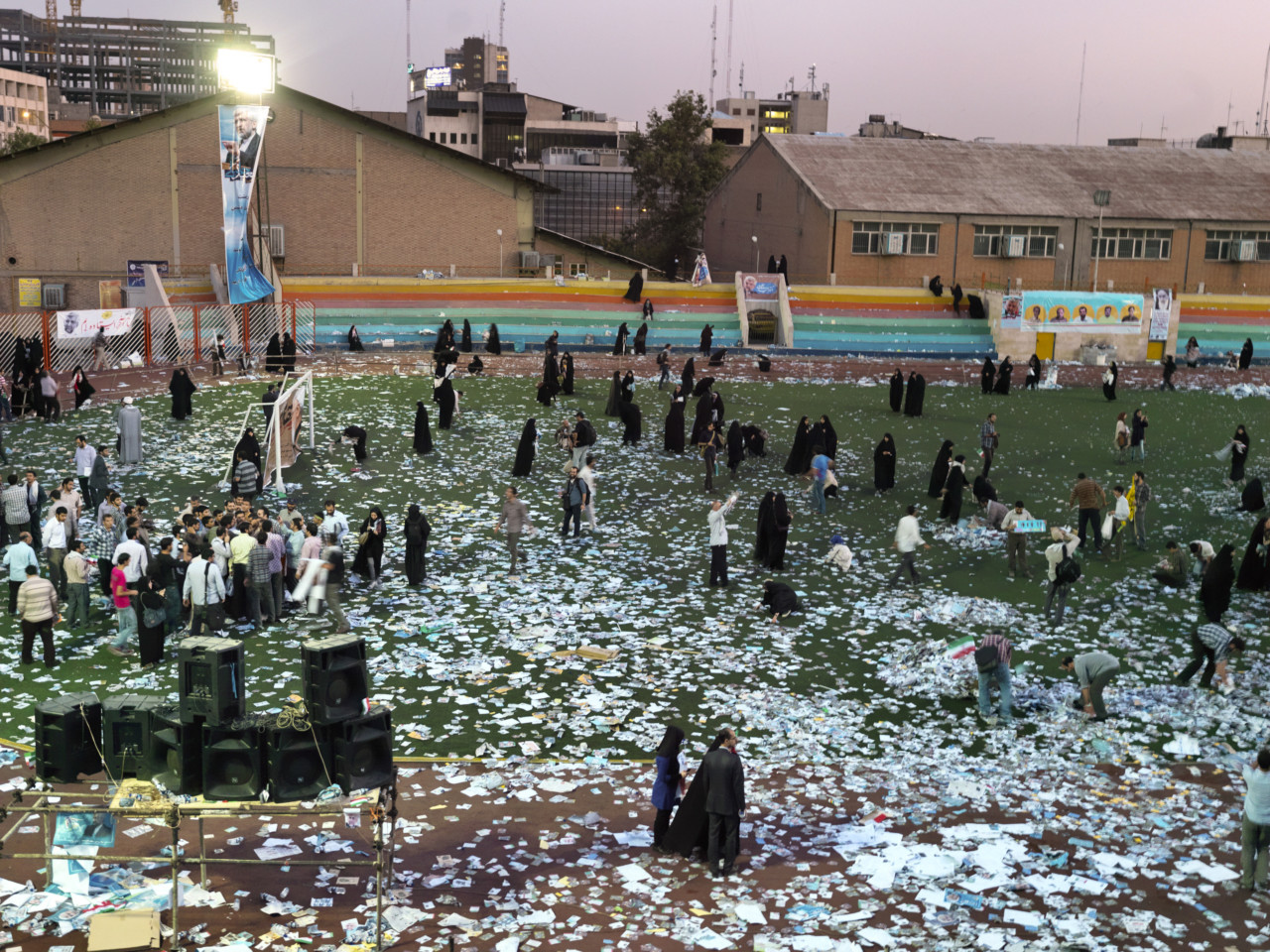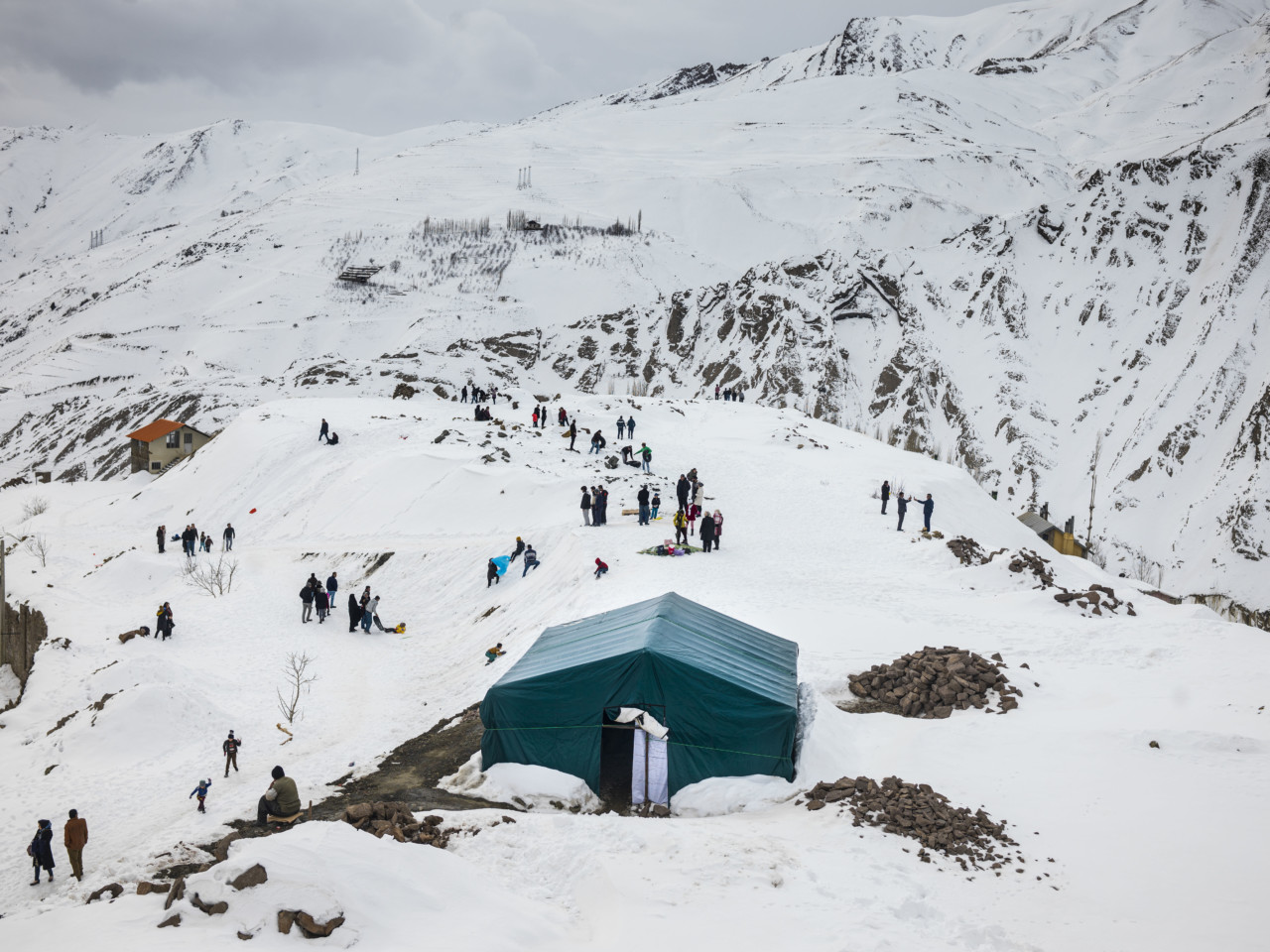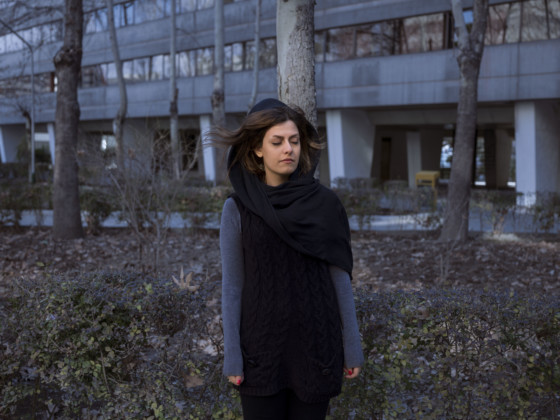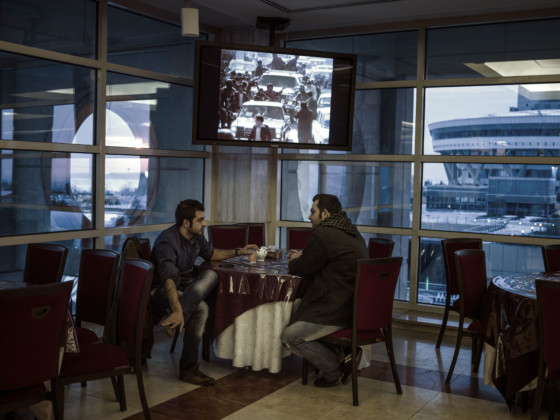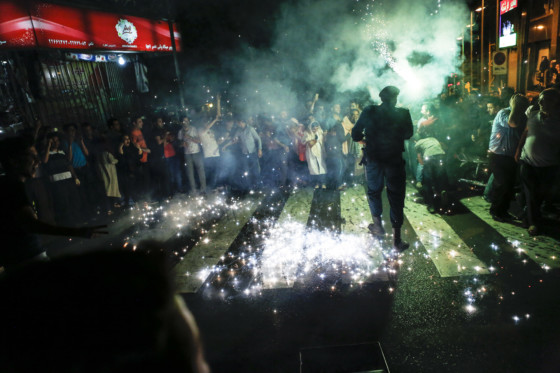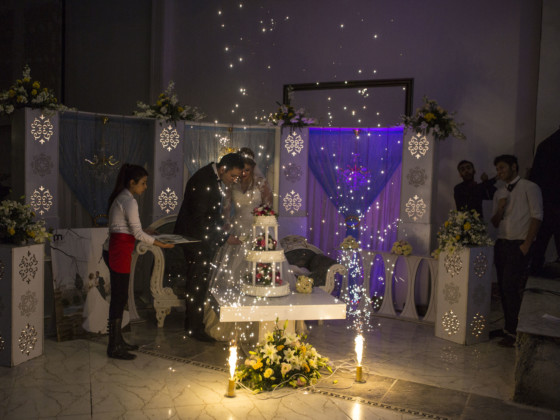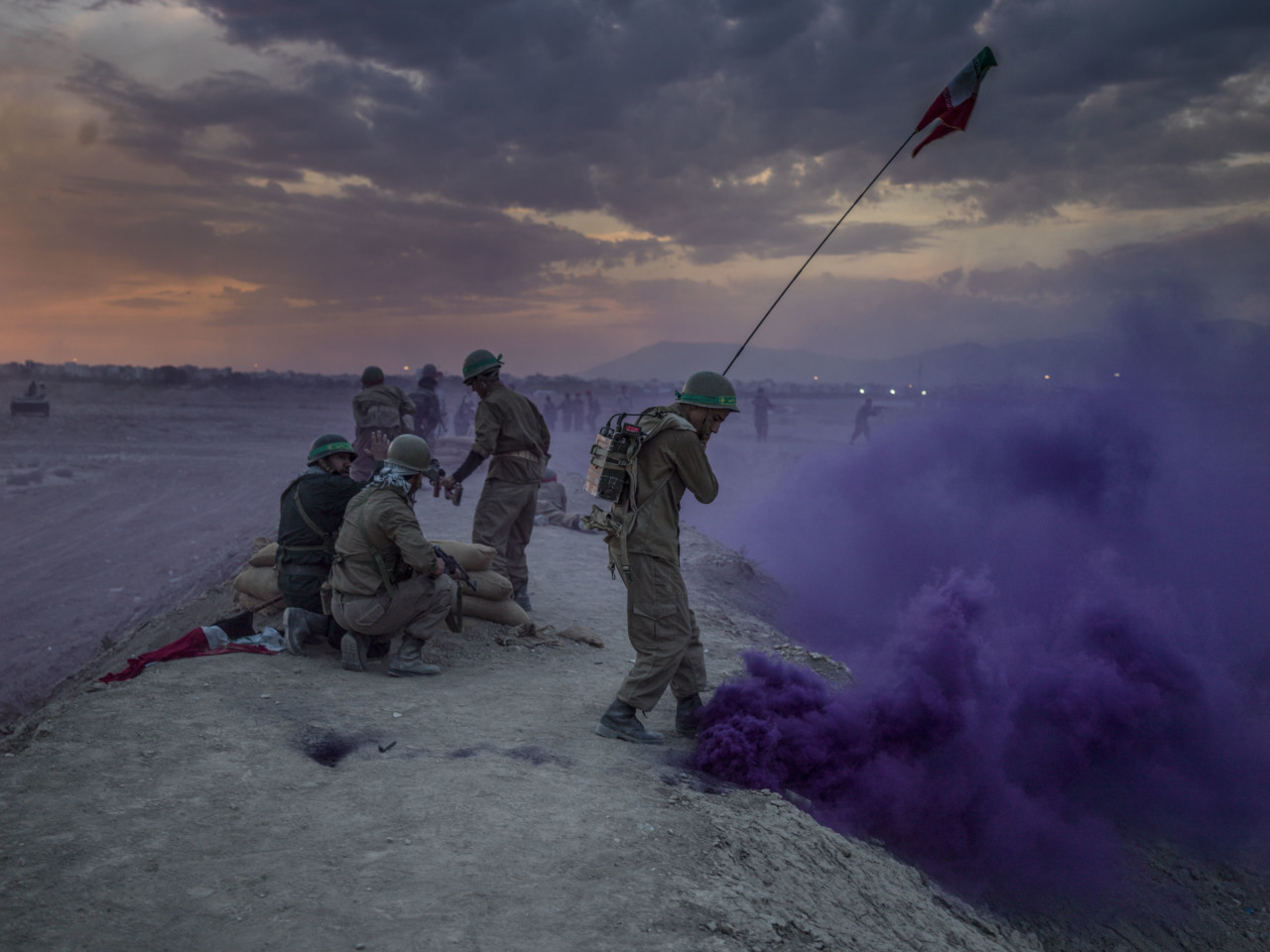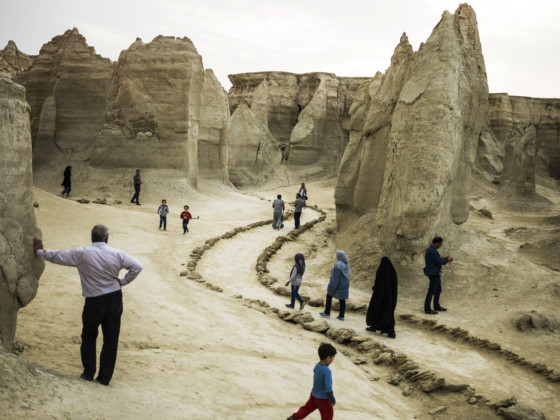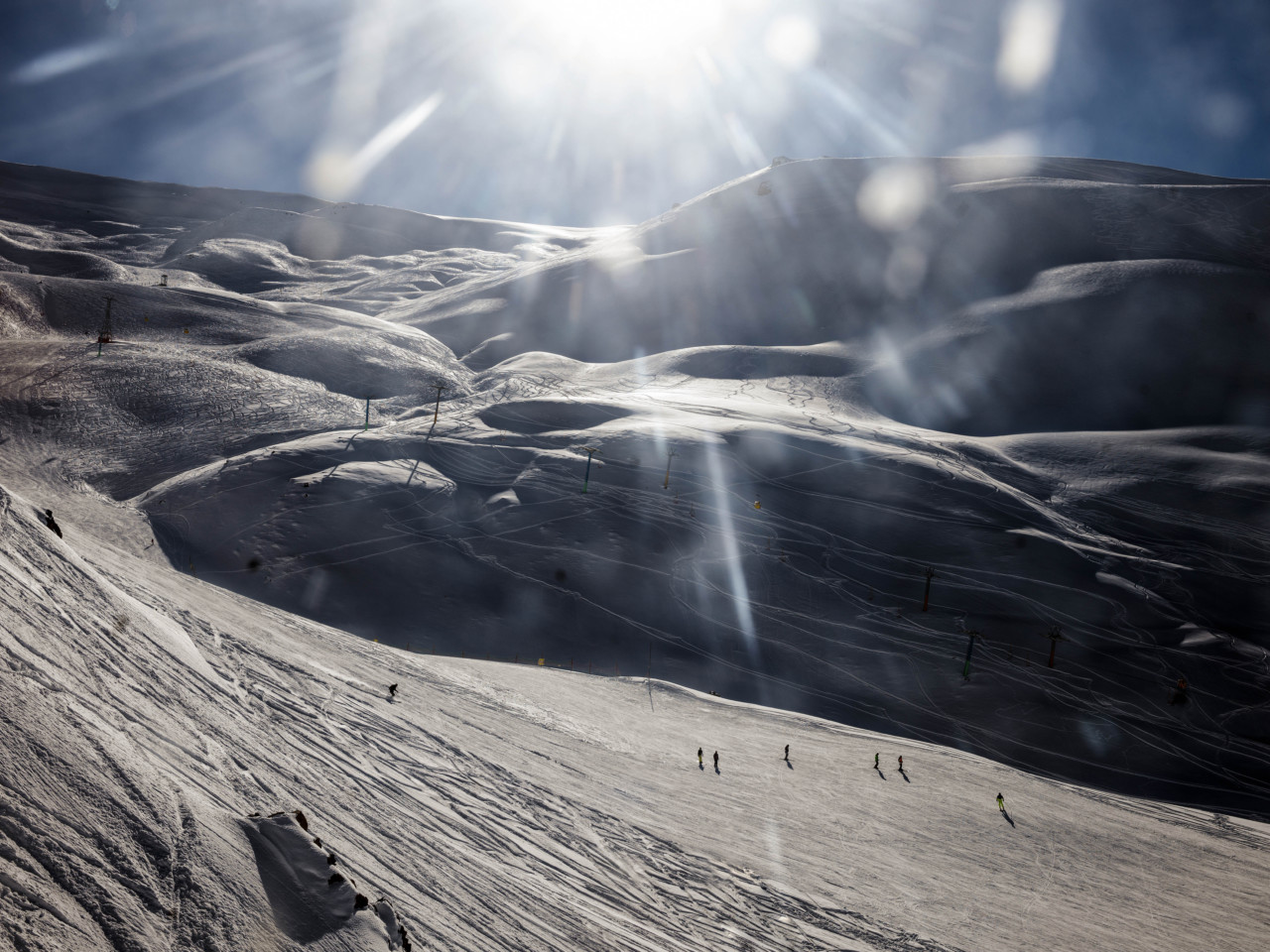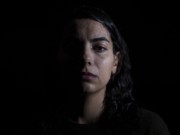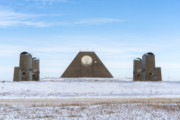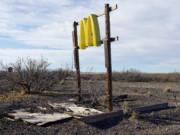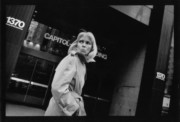Iran: A Personal View
Newsha Tavakolian paints a broad picture of her home country
Magnum photographer, Newsha Tavakolian has been photographing her homecountry of Iran for more than two decades. Her nuanced work in the country culminates to provide a broad, authored perspective on everyday life. Here, to accompany the following edit of her work made in the nation, Tavakolian discusses the changes she has observed over time, which have influenced and inspired her work.
You are Iranian by birth; when did you start photographing Iran? Can you describe the political situation at the time?
I was 16 and it was the first term of reformist president Mohammad Khatami. Dozens of new newspaper titles were opened up, and after some persistence I found a job at a one of the newspapers. It was a time a time of openness, with many social changes. For photography it was the first time since revolution and war that once again became important in society.
How has Iran – its society, its politics – changed in the time you have been photographing it?
Over the past 20 years Iran’s society has changed enormously. When I started working Iran was a very isolated country. When we got a president who promoted a dialogue with other countries, Iran opened up a bit. After that we got satellite television, and of course the internet. Iran, being one of the youngest countries in the world, and with a high number of educated youths, change was unstoppable.
"Iran, being one of the youngest countries in the world, and with a high number of educated youths, change was unstoppable."
- Newsha Tavakolian
You make work all over the world. Is it different photographing in Iran and why?
Yes, and no. Humanity in its essence remains the same, regardless of one’s place of birth, skin color, or social class. But of course, Iran is my country, where I have lived all my life; where I continue to live. So I am inevitably documenting my own story too. But how much this personal perspective impacts my work varies, and it oscillates between objective and subjective dispositions.
Being a photographer in a complex country places you in a sensitive position. In a world where people are constantly divided between binaries of black and white, I would rather explore grey areas.
Which images, from the work you have done in Iran over the past few years, are most important to you and why?
In my 20th year photographing Iran I had a solo show in Tehran, curated by Vali Mahlouji, called ‘I know why the Rebel sings’. I wanted to do this in order to show my work to an Iranian audience, which is very important to me: they know and understand this culture, history and society. In Iran people mostly know my photojournalism work, that I started my career with, and my staged work, that showed in two solo shows in 2010 and 2012. With those two shows, called ‘Listen’ and ‘Look’, I feel I managed to change my outlook to my work and uplift me as a photographer. Having those shows on display for a home audience broke my fear of judgment. Perhaps it is not my best work, but its the most important to me. My pictures were always about others, by doing these projects I learned to transfer what is inside me to my work. I found a new balance.



